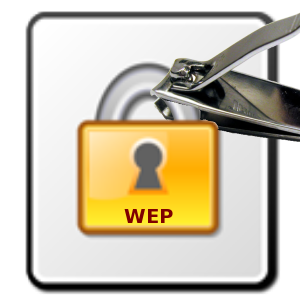The tech-da-hack team has realized that in this fast paced world, actions of people are sometimes quicker than their thinking. In the process of their quick decision making, they sometimes delete their important data....be it music,pictures,movies,or any valuable document!
So we decided to show our readers the path to two very good tools to undelete the files that they had deleted. But first we must understand that how a file is deleted by an operating system.
Whenever a user deletes a file,the OS(Operating System) just simply removes the link to that file. It means that the file is still present at its original physical location on the hard drive,but is no more visible to the user. If somehow this link is re-created,then the file can be accessed again!!
The files reside at their location only if that portion of the hard-disk has not been re-written by any other data. So softwares that perform such task, are more efficient for the most recently deleted files.
The following two tools are good for this purpose,and have been tested by our team:
1. Recuva(Free)
This is a free data recovery software, but they do accept donations if you wish to make one, so as to keep on providing such great softwares in the future.
Screenshot-1
Screenshot2
2. EASEUS Data Recovery(Free recovery of 1GB data)
This software is a free software which allows data recovery of total 1GB. After that you'll have to purchase the full version. This is simlar to trial software, but the criteria here is data limit.
Screenshot1
These are free(sometimes for limited data), easy to use and easily available tools. You just have to download either of them and install it on your computer.
For your convenience, you can click on the name of the software mentioned above, to download their setup.
After the installation of the software, you'll notice that the procedure of restoring back the deleted files is very easy. Open the software, select the file(s) type you want to recover and then follow the instruction carefully and thus you get back the file. These tools can undelete all type of files ranging from a mere KB(kilobyte) in size to even some GB(gigabyte). So basically you can undelete anything ranging from a text file to a movie which you accidentally or purposely deleted.
You can also use this to see what was there in your friend’s pendrive or what data did he transfer using that particular drive. Such tools are very important for cyber-forensic experts.
We hope you do enjoy undeleting your deleted files!!
Do let us know, in the comments, if this post has helped you in recovering any of your important file.



